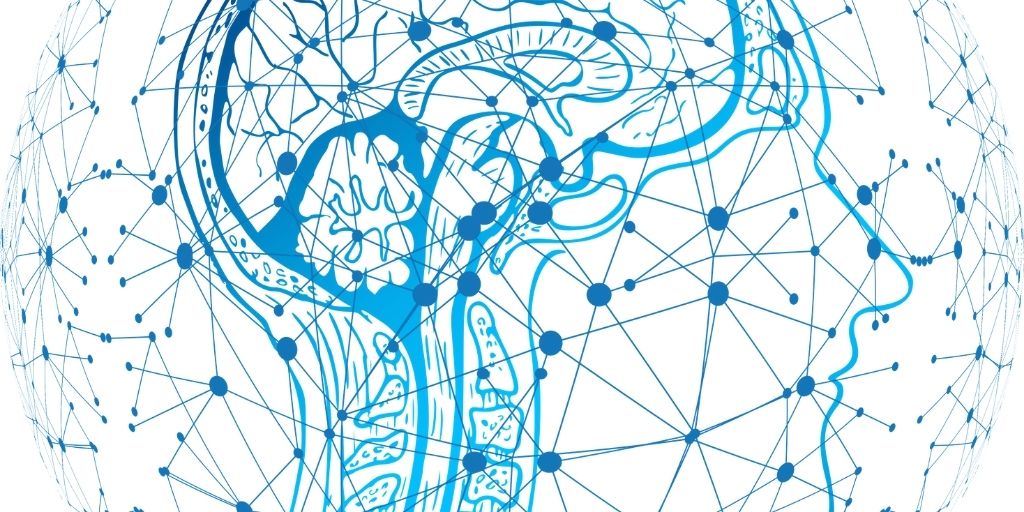Social connection impacts trust, productivity, engagement, and job satisfaction. It also anchors teams in times of complexity.
Social connection, the feeling that you belong to a group and generally feel close to other people, is a fundamental human need. Social connection improves our physical health and our psychological well-being. Lack of social connection has been found to be a greater detriment to health than obesity, smoking, and high blood pressure.
For leaders, fostering social connection is critical. Social connection impacts trust, productivity, engagement, and job satisfaction. Social connection also anchors teams in times of complexity; research has found that when faced with feelings of vulnerability, lack of control, or acute stress, people tend to come together.
An exercise we often do with clients to create social connection is Journey Lines. In the exercise, program participants identify the critical events that have shaped their leadership journey, identify each event with a dot on a graph, and then connect the dots. Each participant then shares their journey with the team. The exercise is a collective and often emotional experience that sets the foundation for developing and strengthening high-performing teams.
We recently conducted Journey Lines with a leadership team of a Fortune 100 company. Not long into the exercise, we recognized that the time we had allocated would not be enough. While the team had worked together for the past year, they were lacking social connection. Doing Journey Lines together gave the team the opportunity to connect not only on their leadership journeys but also on their personal and leadership journeys during the COVID-19 pandemic. For the leadership team, the Journey Lines exercise was a reminder that working together is not enough to sustain social connection.
Another example comes from collaboration with Odyssey Teams. When teams can be together in the same room, participants work collaboratively to build prosthetic hands and, in the process, build social connection.
The activity is possible when teams are remote. When teams are remote, half of the team members are mailed instructions on how to build a prosthetic hand and the other half of the team is mailed the parts and tools. Team members are then paired up, with one team member describing the steps and actions necessary to build a hand, while the other team member does the assembly.
The experience of working together to assemble a prosthetic hand, even when not together in the same room, promotes communication, collaboration, and a sense of togetherness.
Whether your team is in-person, remote, or both, social connection is necessary. Leaders need to prioritize bringing teams together and fostering a sense of belonging. To be successful, act with creativity and with empathy (avoid the after-hours Zoom happy hour).







